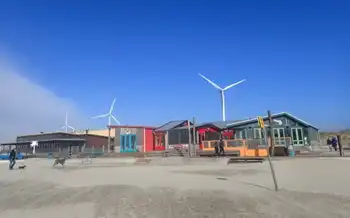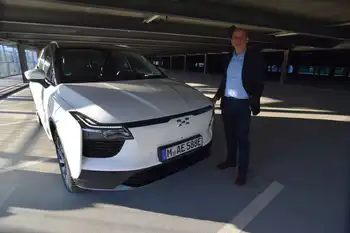New England Wholesale Electricity Market
NEW ENGLAND -- - ISO New England Inc., operator of the bulk power system and wholesale power exchange in the region, announced that the New England redesigned wholesale electricity marketplace became operational on March 1, 2003.
The new market system, Standard Market Design (SMD), will introduce a new method of buying and selling wholesale power in New England.
“Based on rigorous testing and several market simulations, certification from an independent software auditor, and a majority endorsement from wholesale market participants, Standard Market Design will become operational on March 1st,” said Gordon van Welie, President and Chief Executive Officer of ISO New England Inc. “The decision to start on March 1st was made after careful consideration and input from all ISO New England stakeholders. All systems are go.”
The decision to “go live” on March 1st with the new market design follows a 22-month development effort. In addition to developing the Internet-based computer technology, other SMD planning efforts included software testing and certification from an independent software auditor, two internal market trials, and three external market trials where market participants practiced using the new software under simulated market conditions.
This redesign will benefit New England because it more accurately reflects the cost of wholesale power and provides direction for infrastructure investment. Under the current market system, wholesale energy is uniformly priced across New England, while under SMD, there will be eight locational marginal pricing zones, which will more efficiently price wholesale power costs.
The eight pricing zones include one zone for each of the following states: Connecticut, Maine, New Hampshire, Rhode Island, and Vermont; and three pricing zones for Massachusetts, including one for western and central Massachusetts, one for northeastern Massachusetts and Boston, and a third for southeastern Massachusetts and Cape Cod. Multi-settlement consists of “day-ahead” and “real-time” markets for energy, providing financial certainty to New England’s market participants. Since 1999, approximately 25 percent of all wholesale power has been traded through the Internet-based marketplace administered by ISO New England.
Related News

Charting a path to net zero electricity emissions by the middle of the century
WASHINGTON - The world has been put on notice. Last year, both the UN Intergovernmental Panel on Climate Change and the U.S. National Climate Assessment warned that we need to slash greenhouse gas emissions to avoid disastrous impacts of global warming. Their direct language forecasting devastating effects on our health, economics, environment, and ways of life has made even more urgent the responsibility we all have to act boldly to combat the climate crisis.
This week, we’re adding one important tool for addressing the climate crisis to the national conversation.
Together, we’re taking that bold action. The Climate reports made clear…




